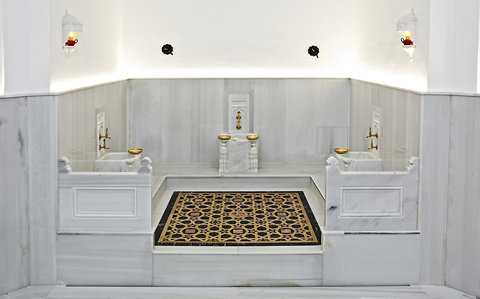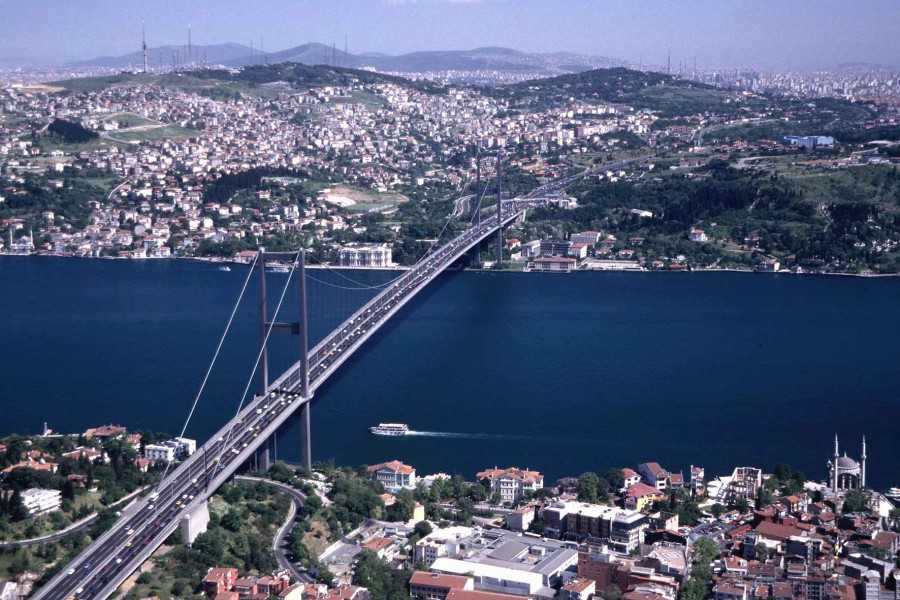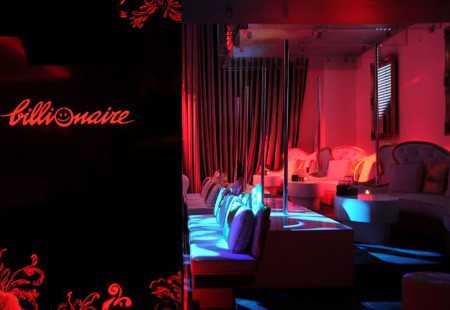Thomas Seibert
Aug 9, 2011
ISTANBUL // Sitting on a bench in a small park on the shores of the Golden Horn in Istanbul earlier this month, Sahdi Gunduz looked out over the water, where giant floating cranes were driving long steel pipes into the sea bed.
The pipes are to be filled with concrete and will become pillars for a new metro bridge over the estuary that divides the historic centre of the Turkish metropolis.
The project, due to be finished late next year, has sparked a bitter row between authorities and critics.
The former argue that Istanbul, a city of 14 million people, needs an improved public transport system, while the latter are concerned the bridge will spoil Istanbul’s world famous silhouette with its mosques, churches and minarets.
Unesco, the UN’s cultural organisation, has also waded into the debate that revolves around the tricky question of how to balance the preservation of historical and cultural treasure of a city like Istanbul, capital of the Byzantine and Ottoman empires, with the need to keep a modern and growing metropolis running smoothly.
“The bridge will be a good thing because it will ease traffic,” said Mr Gunduz, a 33-year-old manager of a security firm in Istanbul.
He went to the park to eat lunch with Burhan Ogretmen, a colleague.
The two men were having grilled fish sandwiches from a vendor with a mobile gas barbecue set. Next to them, a wall made of metal sheets blocked the view of the bridge construction site.
“There is nothing like this in the whole of Turkey,” said Mr Ogretmen, pointing to the area where the bridge is to cross the water. “How can anybody say this is ugly? If you do not have the bridge, you need a whole new street here.”
The bridge will be 936 metres long, 460 metres of which will span the Golden Horn.
It will connect metro lines on both sides of the Golden Horn in order to link the two systems.
The suspension bridge, estimated to cost almost €147 million (Dh760 million), will have a metro stop in the middle and two pylons with harp-like steel ropes.
The pylons have been particularly controversial.
Critics say they will deface Istanbul’s silhouette and the view of the Suleymaniye Mosque, an Istanbul landmark and a masterpiece by Ottoman architect Mimar Sinan.
The height of the pylons, which was to reach 82 metres according to the original plan, has been reduced to 55 metres after Unesco voiced its concern.
“If this project will be realised, the curtain created by the bridge towers and the suspension system will not only affect the Suleymaniye project, but will change the silhouette of the whole historic peninsula, including Topkapi Palace,” said Istanbul S.O.S., an organisation campaigning against the project.
The group wants a “more modest design, as the location is extremely fragile and an identity issue for Istanbul”.
The city government is determined to finish the project.
“Construction of the bridge will continue,” Kadir Topbas, Istanbul’s mayor, said last month. He added that if the bridge were not to be built, there would be no place for the metro to cross the Golden Horn.
Earlier this month, Mr Topbas said his administration had almost doubled the length of Istanbul’s rail system from 44 to 81 kilometres since 2004. With the help of projects like the Golden Horn bridge and Marmaray, a rail tunnel linking Istanbul’s European and Asian parts, Mr Topbas aims to have 11 million people use the rail system every day by 2023, the 100th anniversary of the Turkish republic.
Istanbul S.O.S, which is not disputing the overall aim of getting more people to use public transport, said it petitioned the city to change the plans for the bridge and organised demonstrations.
But as those actions failed to impress Mr Topbas’s administration, hopes now rest on the UN cultural organisation.
“Unesco is the biggest influence when it comes to counteraction”, Istanbul S.O.S. said.
In 2008, Unesco send a stern warning to Mr Topbas. At a meeting in Quebec, the organisation expressed “its grave concern at the potential impact of the proposed new metro bridge across the Golden Horn, as its towering cable-stay structure would have a significant adverse impact on the property and its setting and on the Süleymaniye Mosque in particular”.
It urged authorities “to abandon this project or consider alternative proposals” or risk placing Istanbul on the “List of World Heritage in Danger”. There are three existing road bridges over the Golden Horn estuary that joins the Bosphorus just beneath Istanbul’s historic peninsula, home to the Hagia Sophia, the Blue Mosque and the Topkapi Palace, but those bridges are relatively low in height.
Mr Topbas said the reduction of the height of the two pillars of the new bridge had made sure that the view of Istanbul’s old city would remain unspoiled.
“I want to underline that there will be no competition with minarets and cupolas,” he said.
But after a meeting in Paris last month, Unesco said it was highly concerned that even with the latest design changes, the bridge will “still have an overall negative impact” on Istanbul’s historic city centre.
The UN organisation said Mr Topbas should appoint a panel of independent experts to look at “all ways possible to mitigate the impacts of the Golden Horn Bridge”.
At the Golden Horn itself, lunchtime visitors Mr Gunduz and Mr Ogretmen were more concerned with the perpetual risk of traffic jams than with Unesco’s warnings.
“Istanbul is not just for the tourists,” Mr Gunduz said. “If it were, I would probably not even be allowed to drop a paper tissue here.”
Politicians and city planners faced a difficult task of preserving Istanbul’s heritage while keeping traffic flowing, he conceded.
“But there must be a balance. Istanbul is not just for the tourists,” he repeated. “People live here.”
[email protected]






